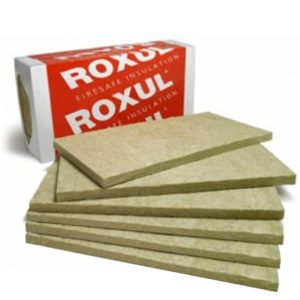
I was reminded today of a very somber and deadly episode of club music history. The fire at The Station nightclub in West Warwick, Rhode Island on February 20th, 2003, killed 100 people. While certainly the lack of a sprinkler system contributed to these deaths, equally contributory, or perhaps even more so, was the MISTAKEN NOTION THAT ACOUSTIC FOAM IS A SOUNDPROOFING MATERIAL.
FOAM IS NOT A SOUNDPROOFING MATERIAL.
It does not prevent sound from transmitting. Not even a little bit.
In a misguided attempt to soundproof the club so that the high volume of music inside would not reach the neighbors, the owners of The Station installed a polyurethane substance that they thought was acoustic foam. (A kind of black foam that is commonly referred to as egg-crate style.) Not only does this type of foam NOT even do ANYTHING to reduce sound, it is flammable, and also emits thick, toxic smoke when set on fire. Polyurethane foam is a packing material, not a soundproofing material.
As someone who has studied and done research on materials that affect acoustics, it angers me that most reporting of the incident describe the polyurethane foam on the walls as a “soundproofing material”. This type of material does NOT function as soundproofing.
That night at The Station nightclub, outdoor pyrotechnics were used indoors, and the sparks emitted ignited the polyurethane foam on the walls near the band. If the foam had not been placed on the wall, there is a chance that the structure might not have caught fire. But with the flammable foam on the walls, not only did it ignite, it filled the entire space with deadly, blinding, and asphyxiating smoke in LESS THAN TWO MINUTES. Here is the Fire Safety Institute’s re-creation of what happened that night. Notice that visibility is near-zero at only 1:30 (90 seconds) after ignition:
With only two exits and black smoke filling the venue rapidly, many people were unable to escape and perished. If the polyurethane foam had not been placed on the walls of the nightclub, there may not have been any fatalities as the space might not have filled with smoke so rapidly. A working sprinkler system would have also delayed the onset of the debilitating smoke.
NEVER USE FOAM to try to sound proof or absorb sound. Period.

In contrast to “acoustic” foam, rock wool (also known as mineral wool) is naturally inert. (Fiberglass insulation is also naturally inert). Rock wool can withstand a blow torch for more than three minutes and will not ignite. Rock wool is found in the U.S. under the trade name Roxul. Watch this video for proof that a blow torch applied directly for three minutes will not ignite Roxul, and after that much heat is directly applied, the wood behind it is barely warm:
Elsewhere on this web site, I explain how you can make 2′ x 4′ broadband acoustic absorbers using Roxul, fabric and furring strips. For even better flame retardation when making Roxul sound absorbers, use flame retardant fabrics.
Use inert Roxul for sound absorption.
Never use foam. If you want to reduce echoes and sound ambience in a space such as dance studio, recording studio, or music club, use Roxul as the primary material. Also make sure that a sprinkler system is in place and working.
It is tragic, but there have been several similar fires in music clubs in other parts of the world and the U.S. since The Station tragedy. For all readers of this article, please take heed and use the proper materials to ensure the safety of the people who use your building and spaces. Never, ever put “acoustic” foam on the walls, ceiling or floor of an interior space. Only use rock wool (or fiberglass) insulation.
If you currently have acoustic foam or fabric in your interior space, I urge you to remove it as soon as humanly possible. It is a dangerous fire hazard that could result in loss of life in the event of a fire. If you want to absorb sound, use absorbers made of rock wool. They are relatively easy to build and inexpensive to boot.